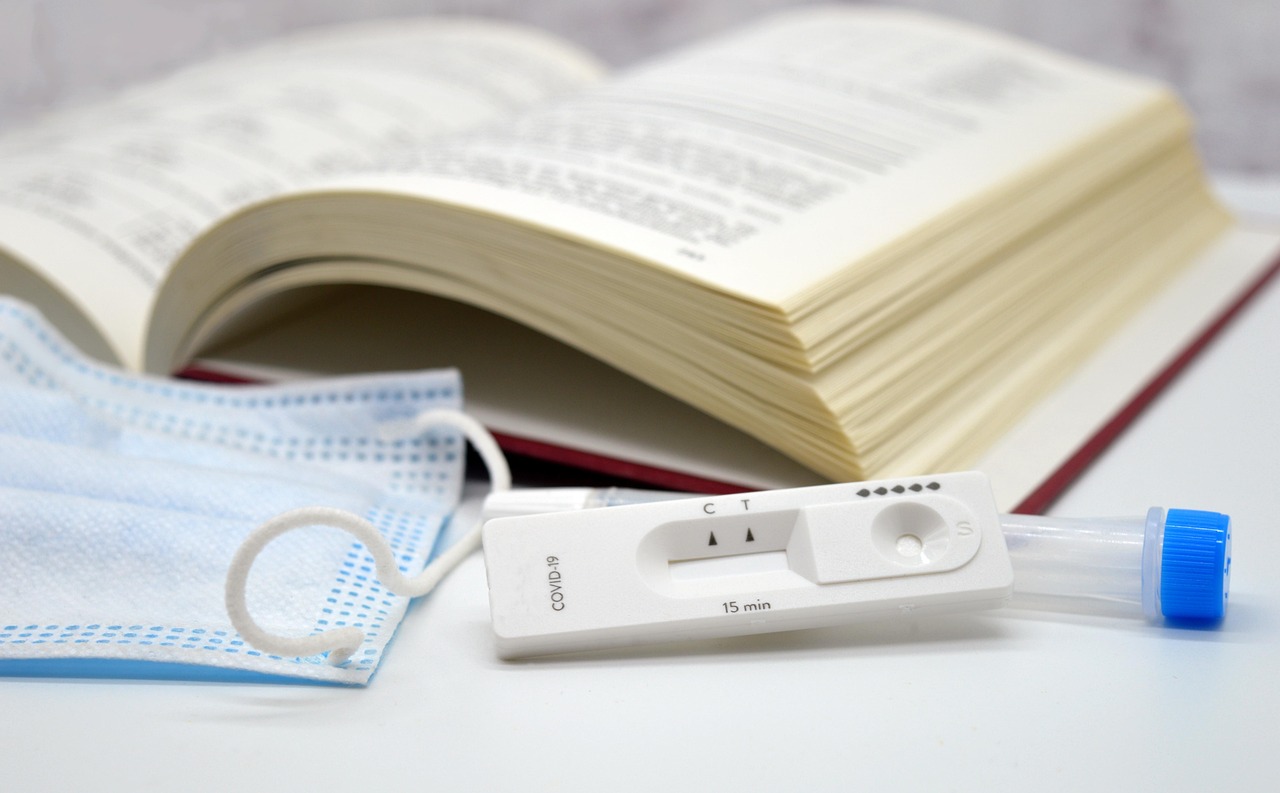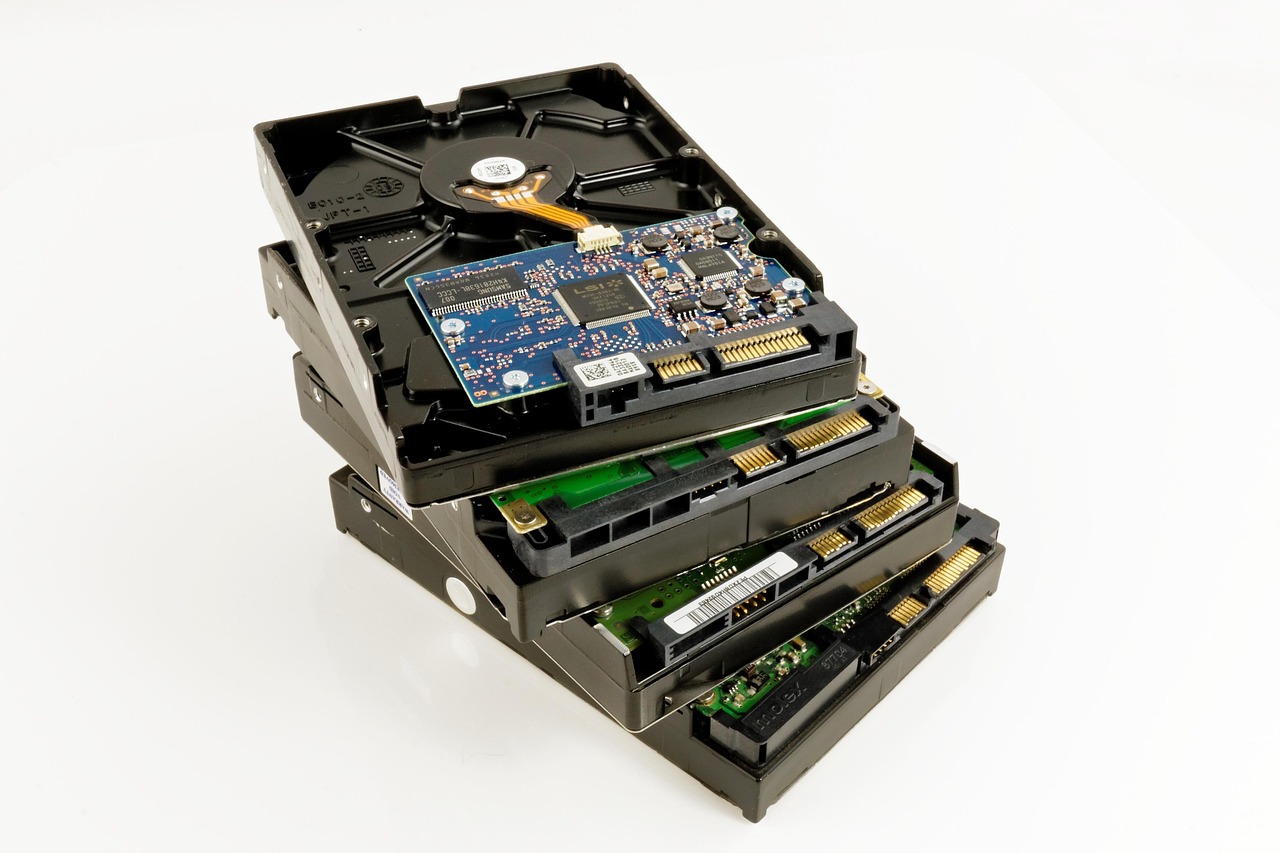
Section 1
Aehr Test Systems faces volatile shifts in the semiconductor market as demand for silicon carbide slows, revealing challenges and recovery efforts tied to key customers and the EV sector.
Overview of Aehr Test Systems Performance
In the first half of 2025, shares of Aehr Test Systems (NASDAQ: AEHR) experienced significant volatility, with a dramatic slump of 22.2%.
This decline may catch investors off guard, particularly given the stock’s sharp 56% drop in the first quarter, followed by a robust recovery of 77.4% in the second quarter. This pattern underscores the complexities surrounding the stock and its performance in the semiconductor market, particularly in the silicon carbide (SiC) sector.

Understanding Financial
Understanding Financial Year-End Reporting. Aehr Test Systems concludes its financial year on May
30. The year 2025 proved challenging for the company, with substantial reliance on the SiC wafer-level burn-in (WLBI) market, which accounted for a staggering 90% of its sales in financial year
2024. However, the company’s fortunes shifted as the demand dynamics in the SiC market began to falter, leading to investor uncertainty regarding Aehr’s growth potential.
Impact of ON Semiconductor on Aehr
ON Semiconductor (NASDAQ: ON) plays a pivotal role as a significant customer for Aehr Test Systems. The slowdown in ON Semiconductor’s sales has mirrored broader trends affecting the SiC market, particularly in the electric vehicle (EV) sector. This relationship highlights the interconnectedness of companies within the semiconductor industry and underlines the potential risks associated with dependency on a single customer or market segment.
Analyzing the EV Market and Interest Rates
The electric vehicle market, a critical driver for the SiC sector, has seen a slowdown due to a combination of high interest rates and a correction following a previous boom in EV spending. According to the International Energy Agency, global EV sales growth slowed to 40% in 2022, down from 108% in 2021, indicating a significant market shift. This slowdown has directly impacted Aehr Test Systems’ ability to leverage the SiC WLBI market for growth in financial year 2025, presenting a cautionary tale for investors.
Risk Profiles of Asset Classes
When investing in volatile markets such as semiconductors, it is essential to understand the risk profiles associated with different asset classes. Equities, such as those in technology sectors, typically exhibit higher volatility compared to fixed-income securities. According to a report by S&P Dow Jones Indices, the average annualized volatility for technology stocks is around 22%, significantly higher than the 6% volatility seen in bonds.
Portfolio Diversification Steps
To mitigate risks associated with investing in high-volatility stocks like Aehr Test Systems, consider the following checklist for diversification:
1. Assess Risk Tolerance: Understand your risk appetite and investment horizon. 2. Diversify Across Sectors: Invest in a mix of sectors to spread risk. 3. Include Fixed Income: Allocate a portion of your portfolio to bonds for stability. 4. Monitor Market Trends: Stay informed about industry trends, particularly in technology and EV markets. 5. Adjust Asset Allocation: Regularly review and adjust asset allocations based on performance and market conditions.

Conclusion on Aehr Test Systems
The fluctuating performance of Aehr Test Systems serves as a reminder of the inherent risks associated with technology investments, particularly in semiconductor companies reliant on specific market segments. Investors should remain vigilant, leveraging diversification strategies to protect their portfolios from similar downturns in the future. Understanding market dynamics and maintaining a balanced approach will be crucial in navigating the challenges and opportunities present in the evolving semiconductor landscape.
